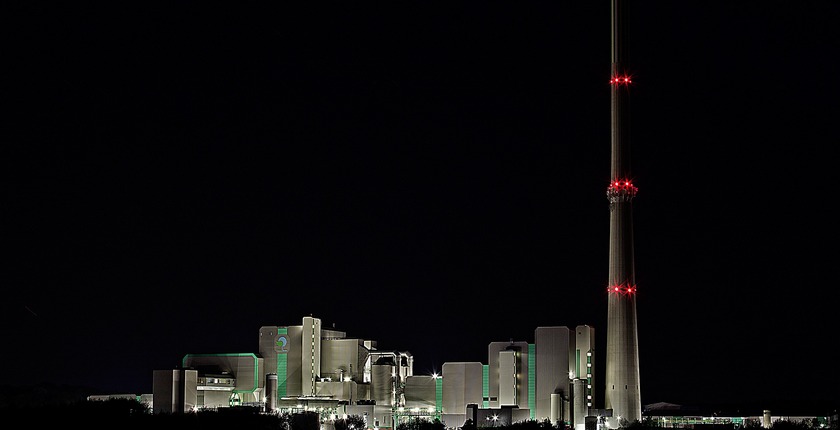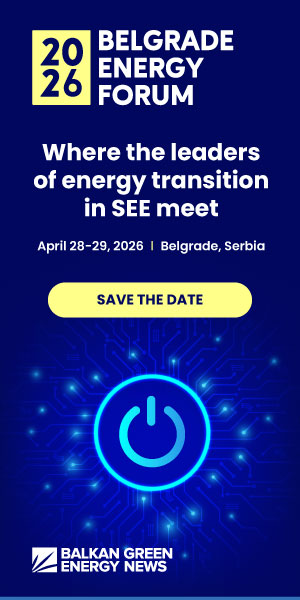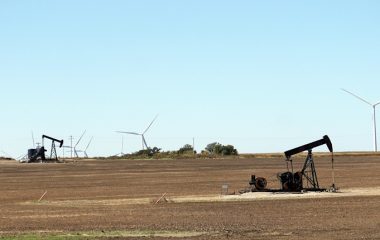
Photo: JuergenPM from Pixabay
Municipal waste incineration needs to be fully included in the European Union’s Emission Trading System (EU ETS) as soon as possible to ensure that every sector contributes to emission reductions, according to Zero Waste Europe. Full inclusion would encompass incineration for electricity and heat as well as biogenic CO2, the environmental organization said.
CO2 is CO2, said Janek Vahk, Zero Pollution Policy Manager at Zero Waste Europe (ZWE). “Whether fossil or non-fossil; the atmosphere doesn’t care where it comes from, the impact on climate is the same. Therefore, the EU ETS needs to address them both,” he stressed.
Incinerators will be the most carbon-intensive power source once coal is phased out
The inclusion of incineration within the EU ETS is long overdue, Vahk pointed out. “Incinerators are poised to become the most carbon-intensive power source once coal is phased out. Bringing municipal waste incineration into the EU ETS will ensure that every sector contributes to emission reductions, driving us towards a cleaner, more circular future,” he said.
After the European Parliament approved reforms to the EU ETS in 2022, a path opened to consider including municipal waste incineration in its scope, but as of January 1, 2024, these facilities have only been included for monitoring, reporting, and verification. They are not yet required to surrender allowances for their emissions, ZWE explains.
The European Commission is required to consider including incinerators in the EU ETS by 2028
The European Commission is required to assess the feasibility of including the facilities in the EU ETS in July 2026, with a potential inclusion by 2028, according to the statement.
ZWE hopes all CO2 emissions from incinerators, whether fossil or non-fossil, will be required to surrender allowances under the EU ETS. The current practice of excluding non-fossil CO2 undermines the goal of reducing greenhouse gas emissions, it warned.
Moreover, the organization believes that the current 20 MW threshold for inclusion is ambiguous and should be lowered to 10 MW in order to prevent small-scale facilities from being excluded and reduce the risk of system manipulation.









Be the first one to comment on this article.